As a prepper, planning a garden is so much more effort than just choosing pretty flowers or picking out neat vegetable varieties. You want to choose plants that offer a lot of benefits for the amount of space they take up.
The following plants are great summer plants for preppers because they offer large harvests, medicinal benefits, and/or a use in a permaculture garden.
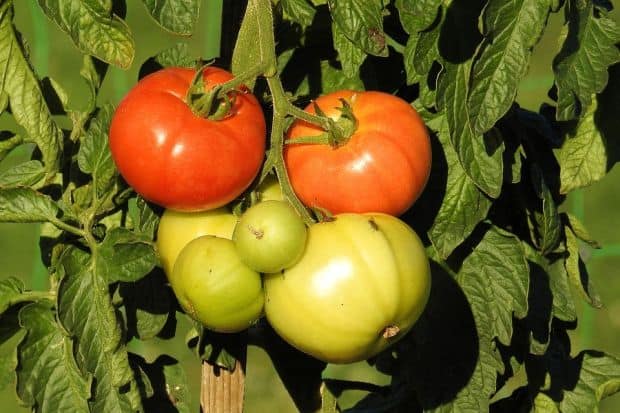
Tomatoes
Tomatoes are a huge part of the modern diet. Whether it’s in salads, spaghetti sauce, ketchup, or salsa chances are your family eats them. They’re a great plant for beginners and easy to preserve.
For growers in exceptionally cold climates consider cherry tomato varieties which tolerate pots well and can be brought indoors whenever temperatures dip too low.
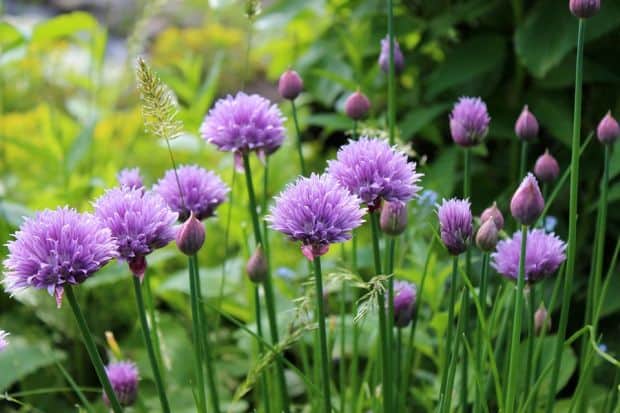
Chives
Chives are frequently used in permaculture gardens for their ability to deter pests. You may consider planting them throughout your food forest. They’re also a hardy perennial and offer loads of flavor to meals all summer long. They’re also quite beautiful which makes them a great option for urban preppers.
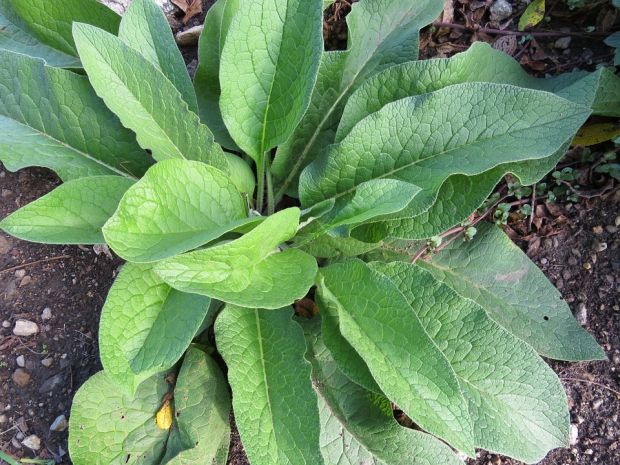
Comfrey
Also called knit bone comfrey is an excellent plant for herbal medicine and permaculture. In a permaculture sense this hardy perennial has a deep tap root that can “mine” nutrients from deep in the soil and bring them up for other plants to access. It can also be cut and used as a mulch.
Medicinally comfrey was traditionally used to create poultices to help heal wounds, and mend broken bones.
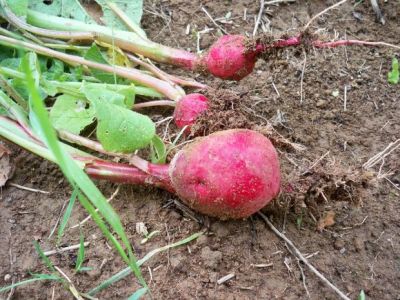
Radishes
Radishes can handle midsummer heat and cool temperatures. Some varieties are ready to be harvested in just 21 days because of this they can be extremely useful for sticking in between slower growing plants to make the most of your garden space.
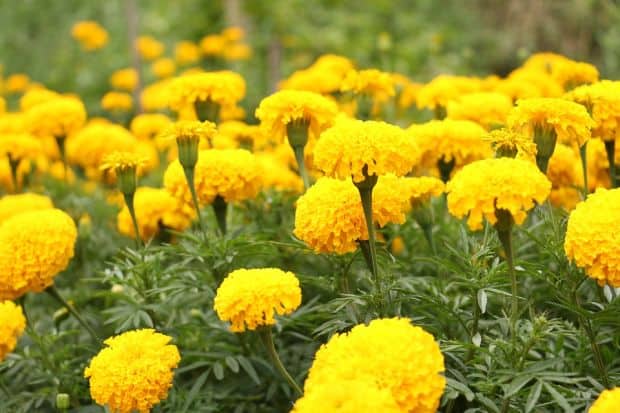
Marigolds
They’re great to plant throughout the garden because they deter many common garden pests.
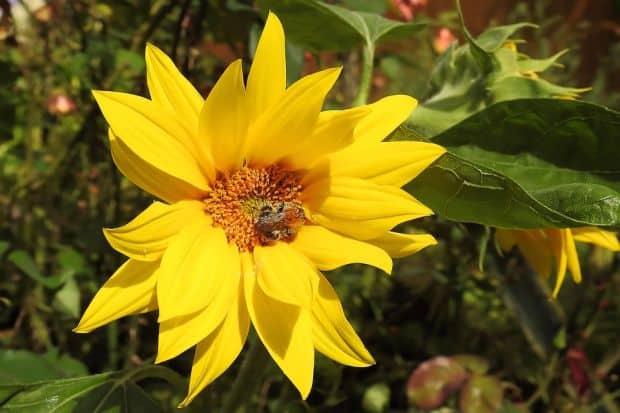
Jerusalem Artichokes
A relative of sunflowers, Jerusalem Artichokes or sun chokes are so easy to grow they can be hard to contain. They’re grown for their edible root which has a starchy, potato like consistency. The roots can also be dried and ground into a gluten free flour.
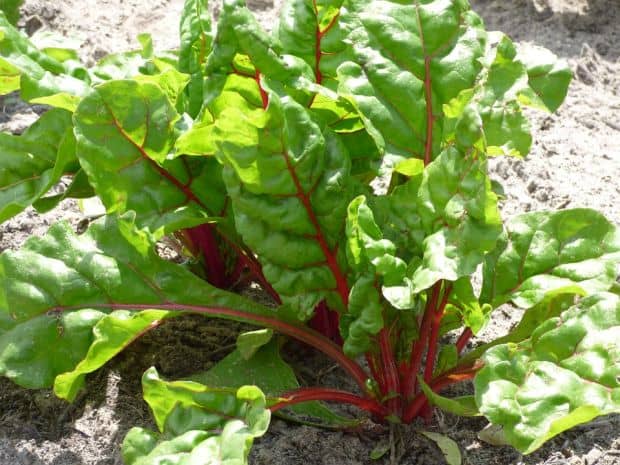
Swiss Chard
Chard is one of the hardiest of greens. It can be planted early tolerating cold weather and will produce all through summer even in hot temperatures unlike many other greens that have the tendency to bolt.
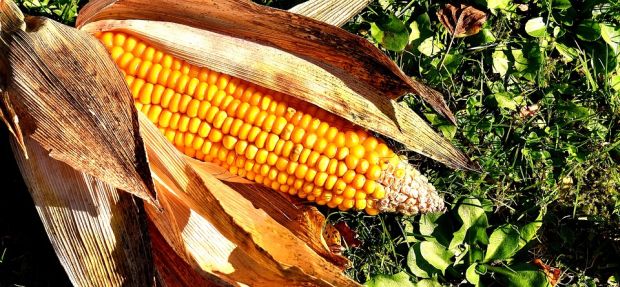
Flint/Dent/Flour Corn
In a true emergency survival situation these corn varieties can be an easy to grow staple food. They do excellently when planted in a three sisters’ garden in combination with winter squash and dry beans.
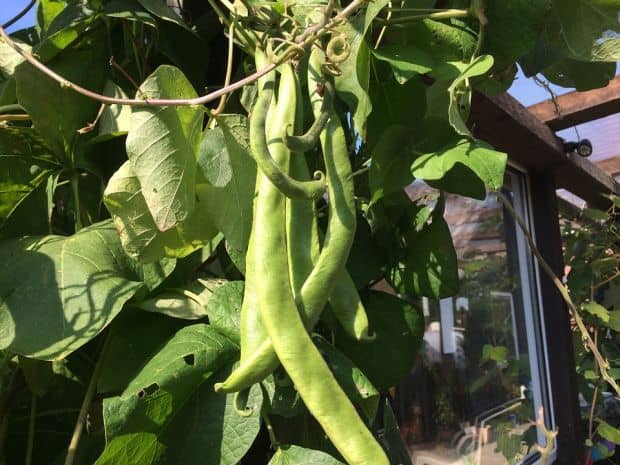
Dry Beans
Dry beans are great for preppers because they’re so easy to grow and store. They can be planted in combination with corn (or another tall plant) and vining squash to form a Three Sisters Garden. If planted this way they provide the corn with nitrogen and use it as a living trellis. To plant in a Three Sisters Garden be sure to look for pole varieties.
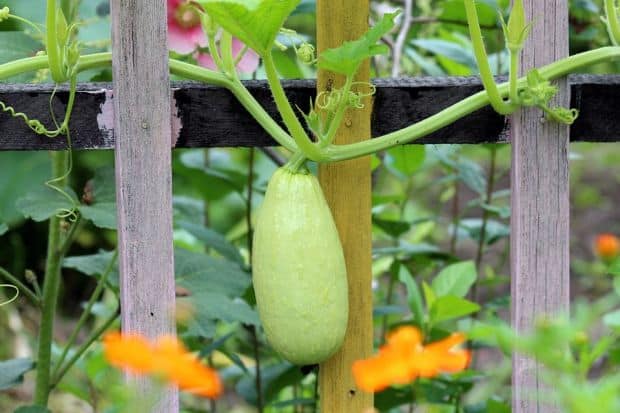
Summer Squash/Zucchini
Both summer squash and zucchini tend to be speedy growers and offer continual abundant harvests. They produce so well that people have come up with many unique ways to use and preserve them. You may want to have some recipes planned ahead of time.
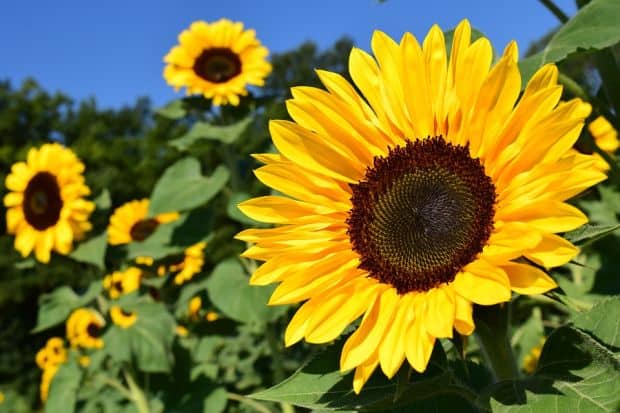
Sunflowers
They’re so much more than just pretty flowers. Sunflowers were cultivated by different Native American groups for their seeds. Some were bred to have a lot of large seeds for eating while others to be pressed for oil. They can also be planted as trellises for plants like pole beans or to attract pollinators.
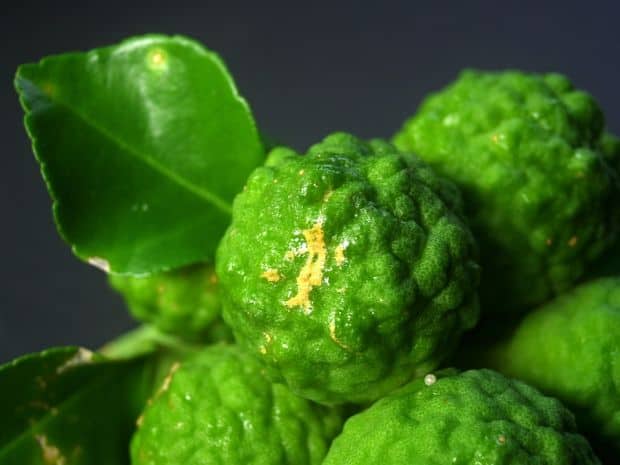
Bergamot
This gorgeous little flower is perfect for a permaculture garden because pollinators absolutely love it! Some Native Americans even included it in their Three Sisters garden to help ensure all the corn, beans, and squash were pollinated. It also makes a delicious tea.
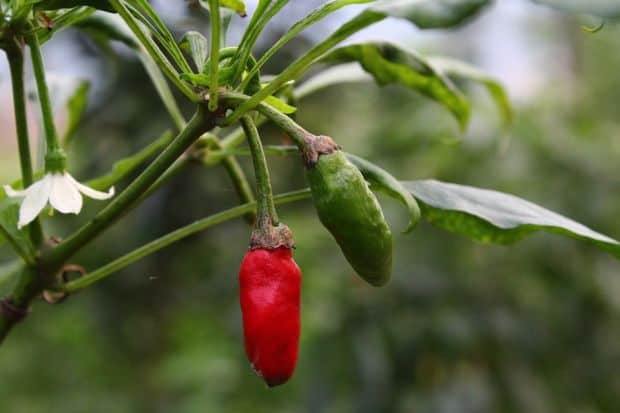
Peppers
While they’re not ideal for preppers living far north they can be great crops for anyone farther south. There’s so many varieties and if you have a dehydrator they’re easy to dry for winter and add to soups, stews, and chilies.
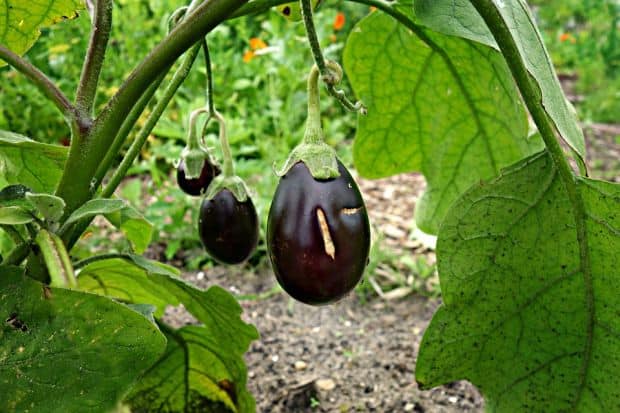
Eggplants
Eggplants are another crop that’s better suited to the south but if you do live in the south eggplants may be perfect. They love the heat!
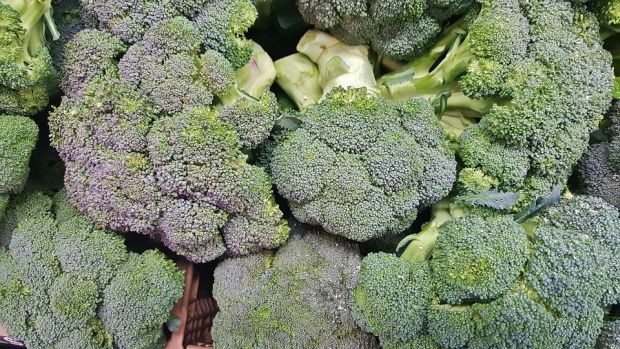
Brassicas (far northern growers)
If you do live in a cold, northern climate you may include some brassicas in your summer crops. These cool weather loving vegetables include cauliflower, kale, broccoli, and cabbage. For anyone with hot summers these fair much better as early spring or fall crops.
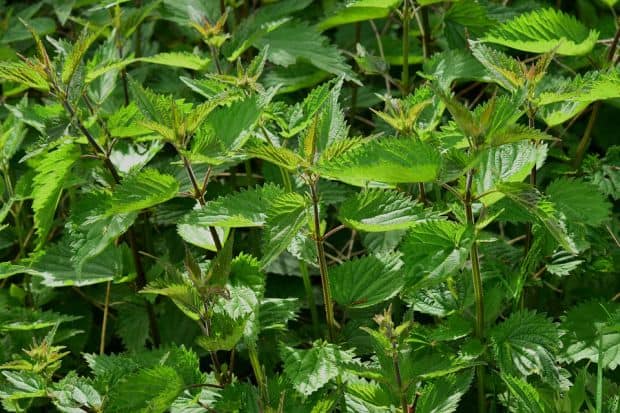
Stinging Nettle
Stinging Nettle is perfect for a food forest because it tolerates quite a bit of shade. You’ll need gloves to harvest but it’s absolutely worth it. The stingers dissolve once the nettles are dried, baked, pureed, or boiled (very briefly) and it’s an amazing source of protein and vitamins.
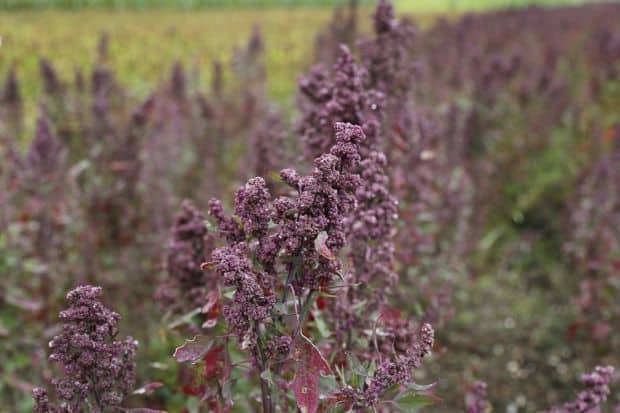
Amaranth & Quinoa
Amaranth and quinoa are two amazing ancient grains. They’re related but amaranth favors a warm climate while quinoa does better in cool weather. They’re hardy, very productive, and full of protein.
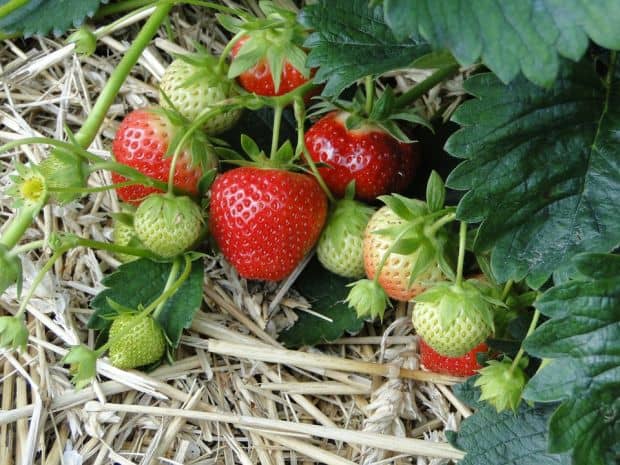
Strawberries
Who doesn’t love homegrown strawberries? Thankfully there even more useful than you would think. They make an excellent ground cover in food forests and are hardy perennials with varieties that will grow in many different zones. The leaves can also be used to make a tea that’s full of vitamins and has many healing properties.
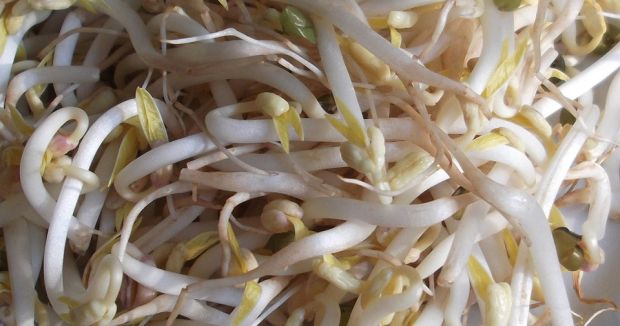
Soy Beans
These guys have gotten this image of being a crop only for industrial farms but they’re actually really great for small gardens too. They have good yields and are nitrogen fixing legumes so they can be interplanted to give other plants a boost. You can eat them green or dry them and roast them for snacks or make tofu or tempeh.
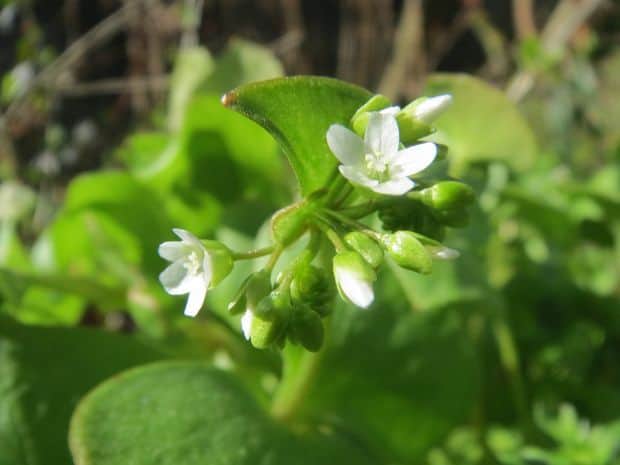
Purslane
While it’s often considered a weed purslane may have been intentionally cultivated by Native Americans. It’s low, vining structure is great for growing beneath other plants and it offers tons of nutritional benefits. You might just let it go if it’s already present in your garden, collect seed from a wild variety, or purchase seed from a cultivated variety for larger leaves.
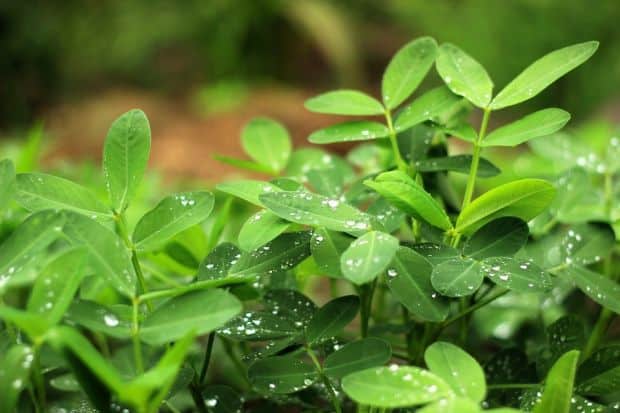
Peanuts
Not actually a nut, peanuts are another protein packed, nitrogen fixing legume. For anyone with a long, hot summer peanuts are totally worth it. Having them on hand to make peanut butter can keep spirits high in a survival situation. Plus they can be pressed for oil.
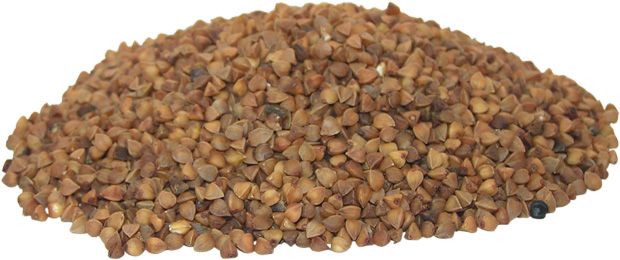
Buckwheat
Buckwheat is probably one of the fastest growing grains and is super protein dense and filling. It’s great for permaculture gardens because it attracts pollinators and beneficial insects plus after harvesting the grain the leftover plant material makes an excellent mulch.
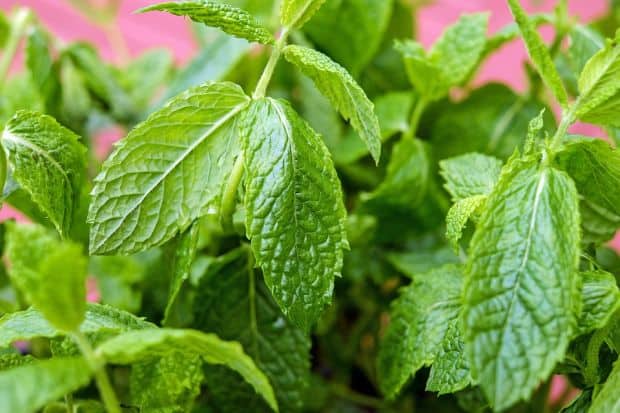
Mint
Once you plant mint you’ll never lack for it. If not contained this tough perennial can take over a garden or field. You can use it in livestock buildings or the home to help deter pests. It also makes a tasty tea that’s soothing for upset stomachs.
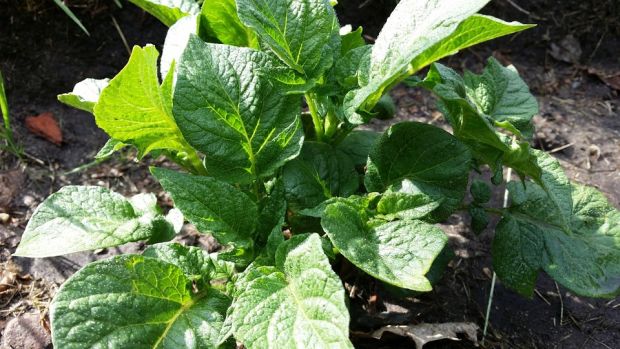
Potatoes
Especially for preppers in cool climates potatoes can be one diet staple. Check out the many varieties available and pick a combination to grow to gain their different benefits and pest/disease resistance.
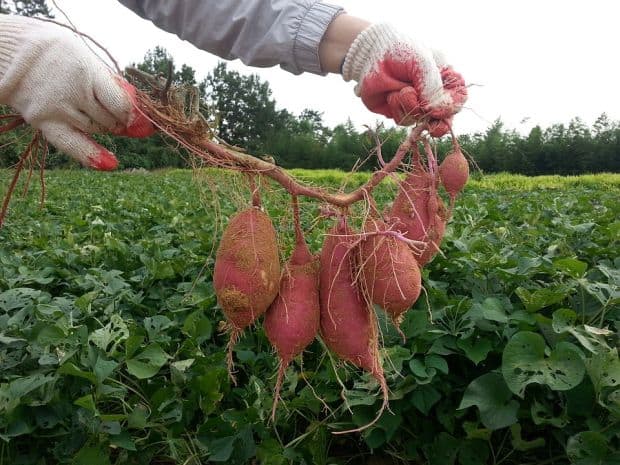
Sweet Potatoes
For people with long hot summers sweet potatoes should definitely be on your garden list. They are heavy producers, full of nutrients, and easy to store long term.
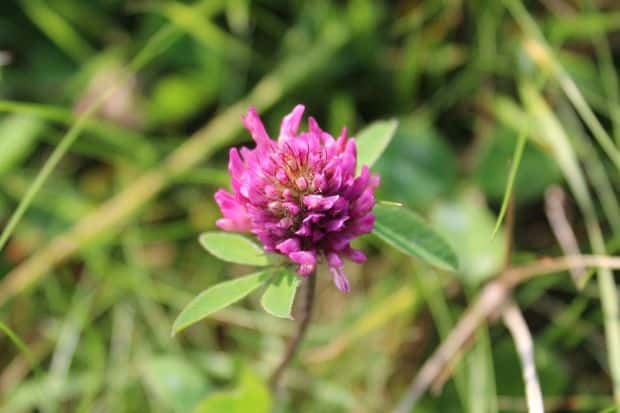
Red Clover
This clover makes a great ground cover for a food forest. As it grows it fixes nitrogen for other plants to use. Plus it’s edible and has been used medicinally for centuries.
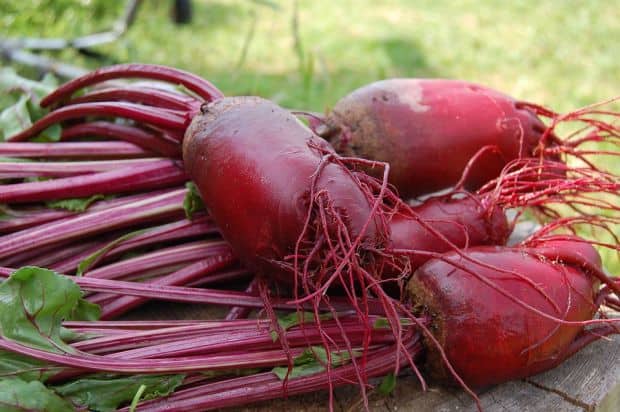
Beets
These can be an excellent dual purpose crop. Harvest a few leaves early in the year and then harvest the roots later. They can be stored for long periods when kept in layers of sand in a cool place like a root cellar. If your climate is warm enough you can mulch them heavily and pull them as needed.
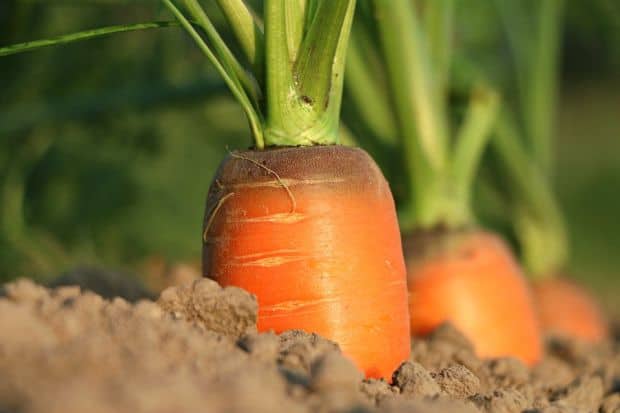
Carrots
Carrots are easy to grow and full of important vitamins. Plus they take up very little space and can be stored just like beets for winter use.
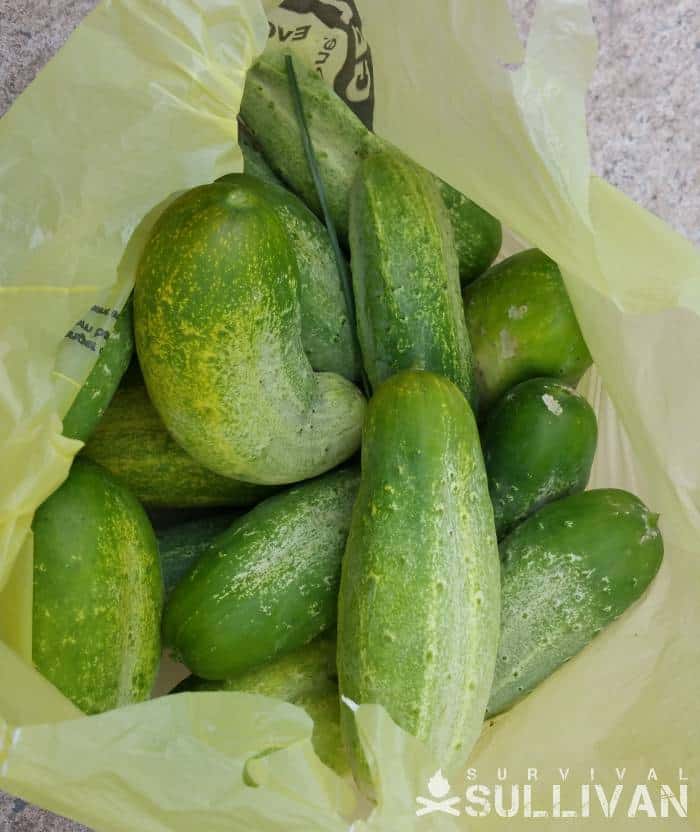
Cucumbers
Cucumbers may not seems like a super important crop but they’re well-liked by most families and easy to grow and put up as pickles. They’re also an excellent companion plant for taller crops and can help shade the soil and block out weeds. If you’re trying to grow a cool weather loving crop like lettuce in the middle of summer cucumbers can be grown on a slanted trellis with the lettuce underneath to offer it some shade.
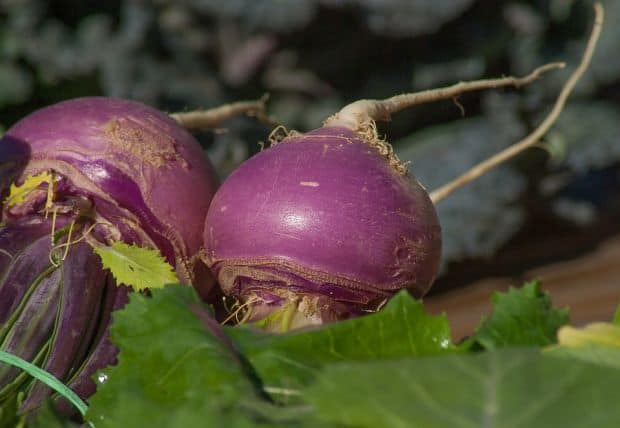
Turnips
Like beets turnips offer both edible greens and roots. They’re also easy to grow and can be stored just like beets.
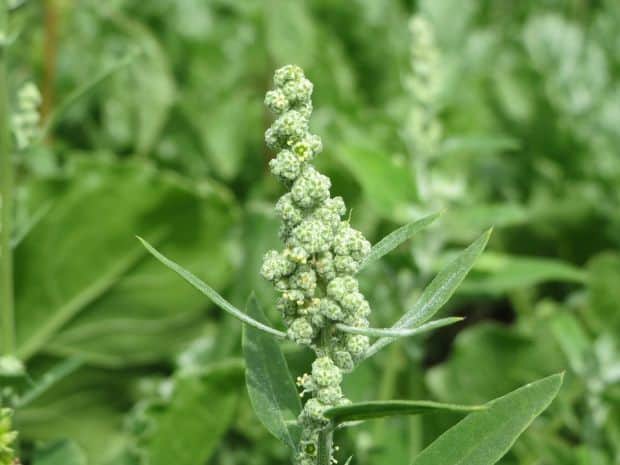
Lambs-quarter
It may get a bad rap as a nuisance weed but lambs-quarter is actually a nutritious edible. Its roots, leaves, and seeds can all be eaten and because it’s a weed you should have no trouble growing it!
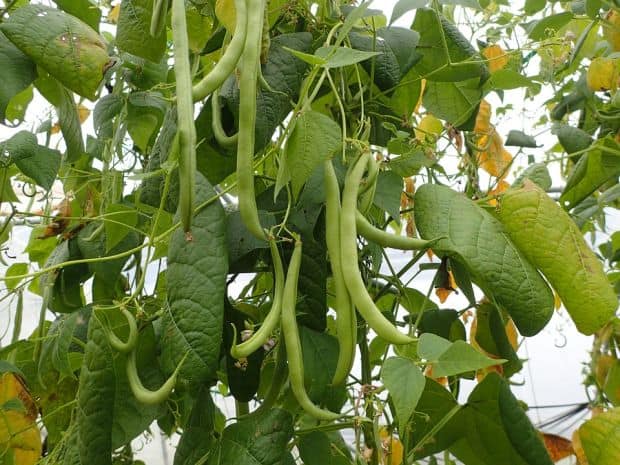
Snap Beans
Snap beans don’t mind the heat of summer but still do well farther north. You can find bush or pole varieties to suit your garden’s layout and they are nitrogen fixing. They’re also extremely easy to save seed from for following years.
While for many gardening is merely a hobby it’s extremely important to preppers. One of the best ways to be ready for disaster is to have a secure food source. Growing these easy, productive, and useful crops can save you money this summer and help keep you alive in a SHTF event.
What’s your most important crop?
Jordan Charbonneau is an organic vegetable farmer and off grid homesteader from West Virginia. She graduated from Sterling College with bachelors degrees in ecology and environmental humanities in 2015. She also completed an Appalachian Trail thru-hike and enjoys learning about permaculture, herbalism, and wild edibles in her free time. She loves to share it all and has been a writer and blogger since 2013.

Thank you, Jordan, for sharing your research and experience. God bless you!